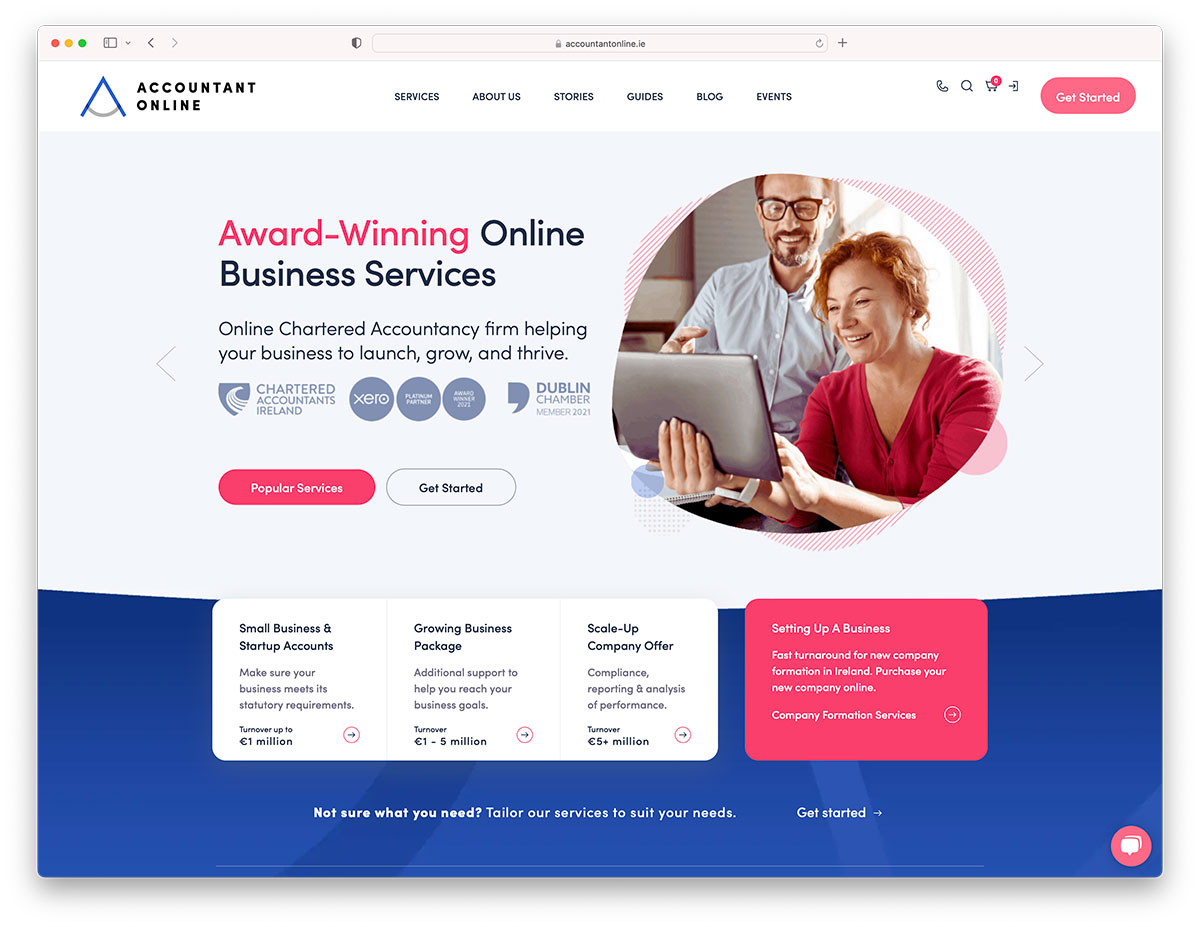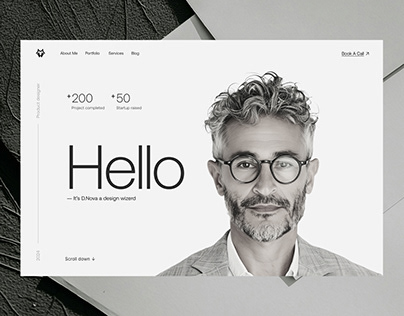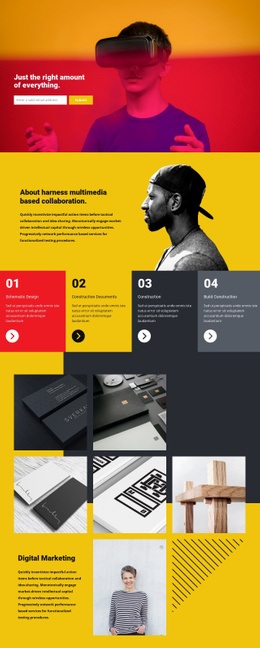Crucial Principles of Internet Site Design: Producing User-Friendly Experiences
In the world of web site design, the creation of straightforward experiences is not just a basic need yet a visual quest. Crucial principles such as user-centered style, instinctive navigating, and access offer as the foundation of reliable digital platforms. By focusing on customer needs and preferences, designers can cultivate involvement and fulfillment, yet the effects of these concepts expand past plain functionality. Recognizing just how they intertwine can considerably affect a site's total efficiency and success, motivating a more detailed exam of their private roles and collective influence on customer experience.

Importance of User-Centered Layout
Prioritizing user-centered style is crucial for producing efficient sites that fulfill the demands of their target market. This strategy places the individual at the forefront of the design process, ensuring that the site not only works well but also reverberates with customers on a personal degree. By comprehending the customers' behaviors, choices, and goals, designers can craft experiences that foster involvement and contentment.

Moreover, taking on a user-centered layout ideology can cause improved ease of access and inclusivity, dealing with a varied audience. By thinking about numerous individual demographics, such as age, technical effectiveness, and cultural backgrounds, developers can develop internet sites that are welcoming and functional for all.
Inevitably, prioritizing user-centered style not just enhances individual experience yet can also drive essential company results, such as boosted conversion prices and client loyalty. In today's affordable digital landscape, understanding and prioritizing individual demands is an important success factor.
User-friendly Navigating Structures
Effective website navigating is usually an important variable in boosting individual experience. User-friendly navigation frameworks allow individuals to find information swiftly and effectively, decreasing irritation and enhancing interaction.
To create instinctive navigation, developers ought to focus on quality. Labels must be acquainted and detailed to individuals, avoiding lingo or ambiguous terms. A hierarchical structure, with primary classifications bring about subcategories, can even more help customers in comprehending the partnership between different areas of the site.
Furthermore, including visual cues such as breadcrumbs can guide individuals through their navigating course, enabling them to easily backtrack if required. The inclusion of a search bar additionally enhances navigability, providing users route access to web content without having to browse through numerous layers.
Flexible and responsive Layouts
In today's digital landscape, making certain that web sites function flawlessly across numerous devices is crucial for user contentment - Website Design. Receptive and adaptive layouts are 2 vital techniques that allow this functionality, dealing with the diverse series of display sizes and resolutions that users may come across
Receptive formats employ fluid grids and flexible images, enabling the internet site to instantly change its components based upon the screen dimensions. This approach supplies a regular experience, where material reflows dynamically to fit the viewport, which is particularly beneficial for mobile users. By utilizing CSS media queries, developers can create breakpoints that enhance the format for various tools without the requirement for separate designs.
Adaptive layouts, on the various other hand, make use of predefined layouts for details screen sizes. When a customer accesses the site, the web server identifies the device and serves the appropriate layout, ensuring an enhanced experience for varying resolutions. This can result in faster loading times and improved performance, as each format is customized to the gadget's capacities.
Both responsive and flexible styles are critical for enhancing individual interaction and fulfillment, eventually adding to the web site's general effectiveness in fulfilling its purposes.
Constant Visual Power Structure
Establishing a consistent visual pecking order is essential for directing customers with an internet site's web content. This principle ensures that details is presented in a fashion that is both user-friendly and interesting, enabling users to conveniently comprehend the product and navigate. A well-defined power structure utilizes numerous style components, such as dimension, spacing, shade, and comparison, to create a clear difference between various types of web content.

Moreover, consistent application of these aesthetic hints throughout the site promotes familiarity and count on. Individuals can quickly learn to recognize patterns, making their interactions more reliable. Inevitably, a strong visual hierarchy not only improves user experience yet likewise enhances overall website functionality, encouraging much deeper involvement and promoting the preferred activities on a site.
Accessibility for All Customers
Accessibility for all individuals is a fundamental facet of web site layout that guarantees every person, no matter of their impairments or capacities, can involve with and gain from online content. Designing with access in mind includes carrying out techniques that fit varied individual demands, such as those with aesthetic, acoustic, electric motor, or cognitive problems.
One essential guideline is to stick to the Web Content Accessibility Guidelines (WCAG), which give a structure for creating obtainable digital experiences. This includes utilizing enough shade comparison, supplying message options for pictures, and ensuring that navigation is keyboard-friendly. In addition, employing receptive style methods guarantees that sites operate effectively across numerous devices and screen dimensions, further improving accessibility.
Another vital element is the usage of clear, succinct language that avoids lingo, making content understandable for all users. Involving individuals with assistive modern technologies, such as screen readers, requires mindful interest to HTML semantics and ARIA (Easily Accessible Rich Web Applications) functions.
Eventually, prioritizing availability not just satisfies legal obligations yet additionally expands the target market reach, fostering inclusivity and boosting click for more info customer contentment. A commitment to availability reflects a dedication to creating fair digital settings for all individuals.
Verdict
To conclude, the vital principles of site style-- user-centered layout, intuitive navigating, responsive formats, consistent aesthetic power structure, and ease of access-- my review here collectively contribute to the creation of easy to use experiences. Website Design. By focusing on individual requirements and making sure that all individuals can efficiently involve with the site, designers enhance use and foster inclusivity. These concepts not only enhance user complete satisfaction yet also drive favorable business results, ultimately showing the vital value of thoughtful website style in today's digital landscape
These approaches offer invaluable insights right into user expectations and pain points, making it possible for developers to tailor the web site's functions and material accordingly.Reliable website navigation is usually a vital element in enhancing individual experience.Developing a regular aesthetic power structure is essential for directing users through an internet site's web content. Ultimately, a solid aesthetic power structure not just improves individual experience yet additionally enhances general site functionality, motivating much deeper interaction and promoting the wanted activities on an internet site.
These principles not only boost customer fulfillment however additionally drive favorable organization end results, inevitably showing the crucial value of thoughtful site style in today's digital landscape.